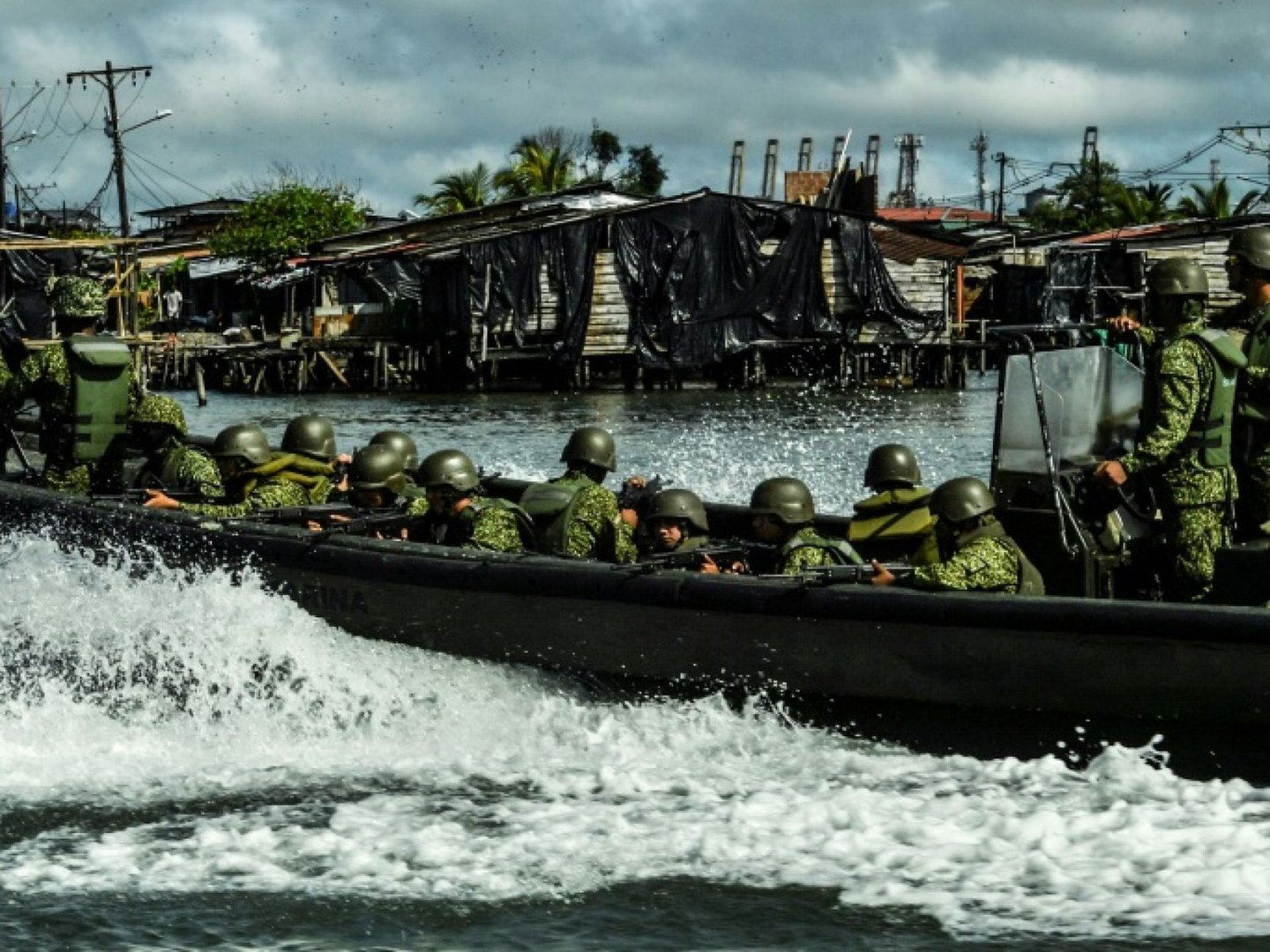Navy Command, Control Is all About Relationships
CHARLESTON, South Carolina — Modernizing data sharing and building interoperable and interchangeable relationships with allies and partners will be key to the Navy achieving Combined Joint All-Domain Command and Control, officials said.
Combined Joint All-Domain Command and Control, or CJADC2, is the Defense Department’s initiative to connect sensor data from the services and partners and allies into a common operating picture and information environment to enable rapid decision-making and action.
To achieve CJADC2 objectives, the Navy must foster the appropriate information-sharing relationships with the appropriate allies and partners. These relationships must be put into two separate categories in terms of data and information sharing: interoperable and interchangeable, said Rear Adm. Joaquin Martinez de Pinillos, reserve vice commander of U.S. Seventh Fleet.
“With some allies and partners, we need to be just interoperable. What does that mean? It’s a context of where we can share data back and forth with them, we can share information with them, we can communicate with them,” he said during a panel discussion at the Eastern Defense Summit in December. “There are other allies and partners that we call interchangeable. And really what we’re talking about there is working with our allies and partners where they understand that not only are they able to communicate with us and how to do that, but they understand our [tactics, techniques and procedures], and they understand how to move into our formations.”
Collaboration and communication with international allies and industry partners — especially the ability to share data interoperably and interchangeably — is critical. To operate with allies and partners seamlessly and effectively, the Navy must first approach policy differently, Martinez de Pinillos said.
“We have to be able to connect their systems to ours, and we have to be able to connect them in a very deep way,” he said. “So, that means that we have to have the right policies and procedures in place that allow for that data sharing.”
The Navy, along with the defense industry, must also jointly create products and systems that allow the United States and its allies and partners to determine what information can be shared with whom, foster rapid communication and ensure seamless data sharing.
“That is both a policy and technical problem that has to get solved, but from an operational perspective, it is a huge force multiplier for us, because the more that we can do that with our partners and allies, the more it expands our reach and our ability to have those allies and partners working together,” Martinez de Pinillos said.
For example, U.S. and Japanese divers have been working together to recover the wreckage of the CV-22 Osprey aircraft that crashed in southwestern Japan in November, he said.
“[This] means they have to all understand what their dive cables all look like, how they operate together, and that’s a very hard thing to do at the tactical level, to integrate those teams together to be able to do that,” Martinez de Pinillos said. “But we do that in practices and exercises. And then we do it in real-world operations on a constant basis to build that connective tissue. Having those policies in place within the technology [and] the CJADC2 type system is going to be key.”
Since CJADC2 is a complex concept, focusing on improving the Navy’s current data-sharing environment should be prioritized. Donovan Lusk, command and operations center division head at the Naval Information Warfare Center, said there are five key elements of CJADC2 that must be taken into consideration: dataset enterprise, human enterprise, technical enterprise, modernization of mission partner environments and information sharing.
Dataset enterprise refers to how the forces individually develop their own data framework for the joint warfighter, industry partners and international allies, Lusk said during the panel. The human enterprise includes how the forces go about professional development for warfighters and partners to get into the CJADC2 environment, as well as how they implement artificial intelligence, machine learning and data science disciplines to overcome the overwhelming amounts of data presented to users.
Technical enterprise revolves around how the Navy is going to do network communications resiliency, transport resiliency, identifying and overcoming single points of failure, adapting and moving forward, he continued.
The Navy must learn how to navigate mission partner relationships and environments on both the higher leadership side and military side, as well as modernize mission partner environments and mission partner information sharing, Lusk said.
“Every single one of these is a challenge in itself, but when you actually start looking at every single service, attaching all those elements in every single service and across all services to get that joint flavor, it becomes a multitude problem,” he said. “So, we’re actually having to look at how we apply several disciplines to get after the system, such as machine engineering, data science and [development, security and operations].” ND
Topics: Battlefield Communications




















Discussion about this post